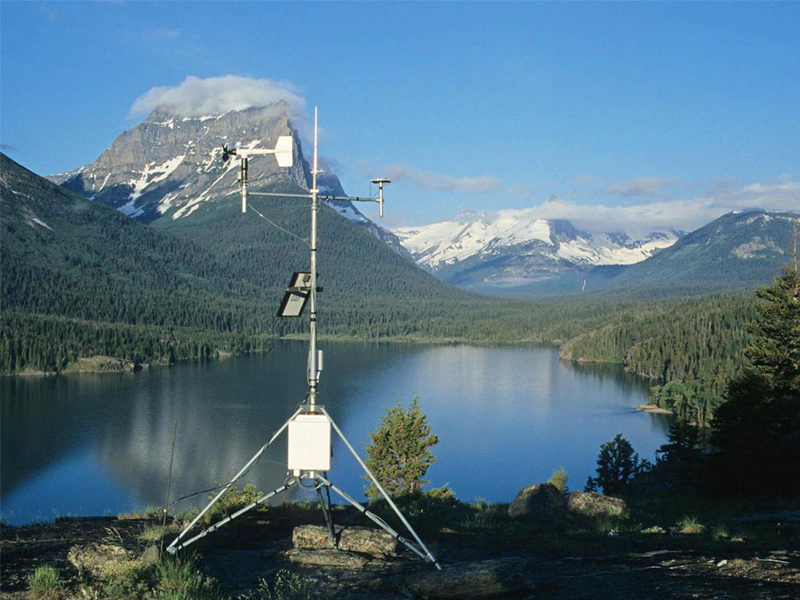
# Meteorological Station: Definition and Functions
## What is a Meteorological Station?
A meteorological station, often referred to as a weather station, is a facility equipped with instruments and devices designed to measure and record various atmospheric conditions. These stations play a crucial role in weather forecasting, climate research, and environmental monitoring by collecting data on temperature, humidity, wind speed and direction, atmospheric pressure, precipitation, and other weather-related parameters.
## Key Components of a Meteorological Station
A standard meteorological station typically includes several essential instruments:
– Thermometer: Measures air temperature
– Hygrometer: Measures humidity levels
– Barometer: Measures atmospheric pressure
– Anemometer: Measures wind speed
– Wind vane: Determines wind direction
– Rain gauge: Measures precipitation amounts
– Pyranometer: Measures solar radiation
## Functions of Meteorological Stations
Meteorological stations serve multiple important functions in our modern world:
### Weather Forecasting
The primary function of meteorological stations is to provide accurate data for weather forecasting. By collecting real-time atmospheric measurements, meteorologists can analyze weather patterns and predict future conditions with increasing accuracy.
### Climate Monitoring
These stations contribute to long-term climate studies by maintaining consistent records of weather data over extended periods. This information helps scientists understand climate change patterns and trends.
### Agricultural Support
Farmers rely on weather station data to make informed decisions about planting, irrigation, and harvesting. Accurate weather information can significantly impact crop yields and agricultural productivity.
### Aviation Safety
Airports maintain meteorological stations to provide pilots with critical weather information for safe takeoffs, landings, and flight planning. This includes data on visibility, wind shear, and other aviation-specific parameters.
### Disaster Preparedness
Meteorological stations help in early detection of severe weather events like hurricanes, tornadoes, and floods, enabling timely warnings and potentially saving lives.
## Types of Meteorological Stations
There are several classifications of weather stations based on their location and purpose:
– Surface stations: Located on land or sea surfaces
– Upper-air stations: Use balloons or aircraft to measure atmospheric conditions at higher altitudes
– Automatic weather stations (AWS): Operate without human intervention
– Mobile stations: Mounted on vehicles or ships
– Remote sensing stations: Use radar and satellite technology
## The Evolution of Meteorological Stations
From simple manual observations in the 19th century to today’s sophisticated automated systems, meteorological stations have undergone significant technological advancements. Modern stations often feature:
– Digital sensors for higher accuracy
– Wireless data transmission
– Solar power capabilities
– Integration with satellite systems
– Real-time data processing
As technology continues to advance, meteorological stations are becoming more precise, reliable, and capable of providing increasingly detailed weather information that benefits numerous sectors of society.
Keyword: what is meteorological station